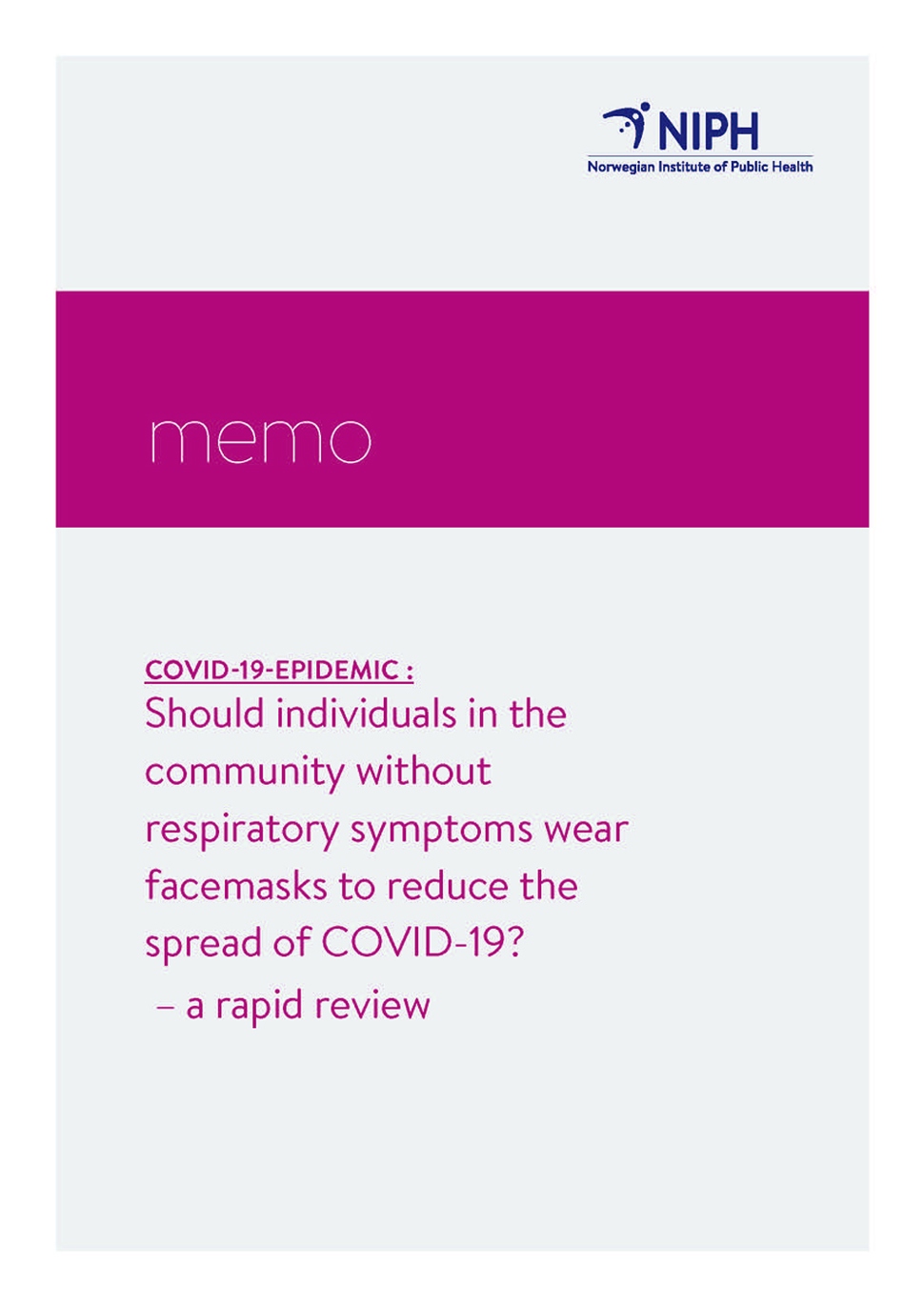Pete Malmi
Jäsen
Et kuitenkaan ahdistune muiden maskeista tai koe tarvetta toitottaa heille niiden turhuutta tai suoranaista vahingollisuutta? Puhumattakaan että ohittaisit tieteelliset tutkimukset niin idealisoiduista laboratorio-olosuhteista kuin käytännön maskinkäytöstä omalla "tosielämän" järkeilylläsi.
No jos halutaan tieteellisiä tutkimuksia kahlata läpi, niin Norjan THL on tehnyt sen jo onneksi puolestamme:

Should individuals in the community without respiratory symptoms wear facemasks to reduce the spread of COVID-19?
This is a rapid review of the knowledge base for using face mask, by people in the community to reduce the spread of covid-19.
Published 03.06.2020
Should individuals in the community without respiratory symptoms wear facemasks to reduce the spread of COVID-19?
...
Non-medical facemasks include a variety of products. There is no reliable evidence of the effectiveness of non-medical facemasks in community settings. There is likely to be substantial variation in effectiveness between products. However, there is only limited evidence from laboratory studies of potential differences in effectiveness when different products are used in the community.
Given the low prevalence of COVID-19 currently, even if facemasks are assumed to be effective, the difference in infection rates between using facemasks and not using facemasks would be small. Assuming that 20% of people infectious with SARS-CoV-2 do not have symptoms, and assuming a risk reduction of 40% for wearing facemask, 200 000 people would need to wear facemasks to prevent one new infection per week in the current epidemiological situation.
